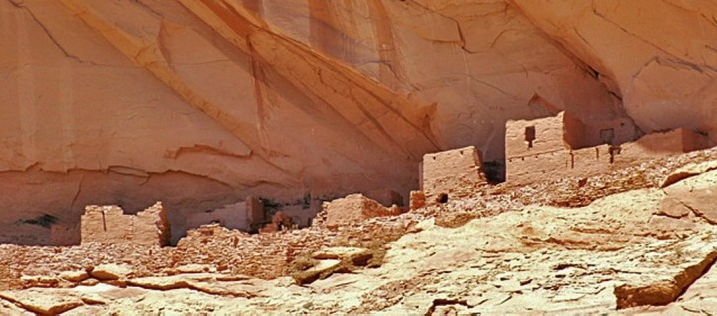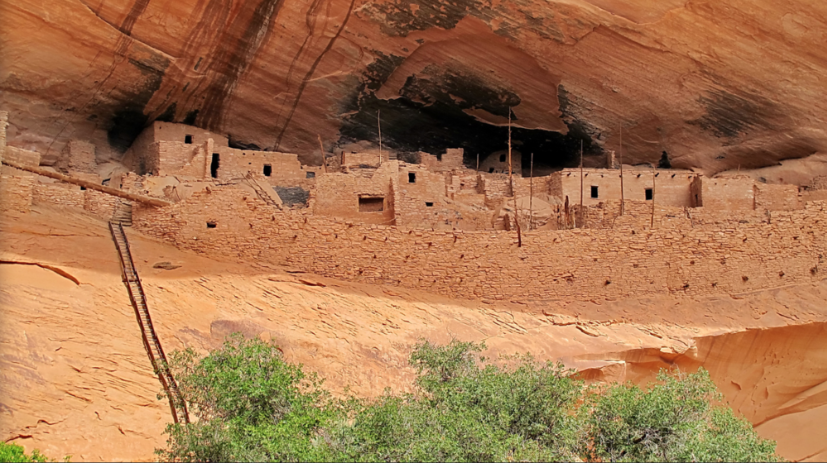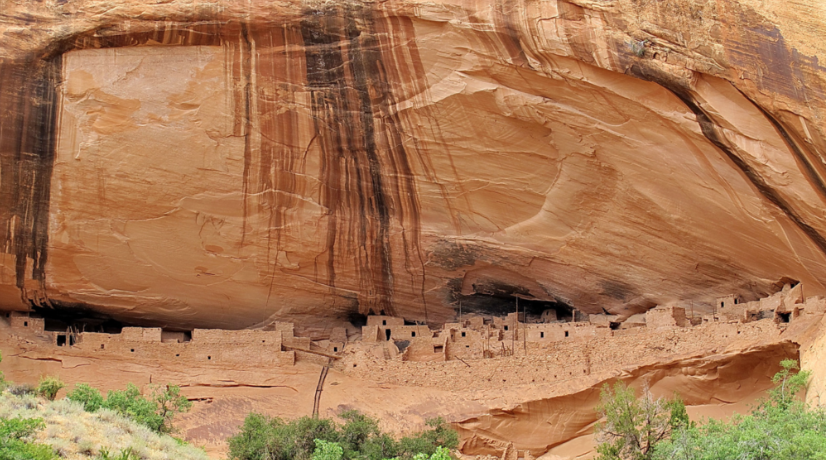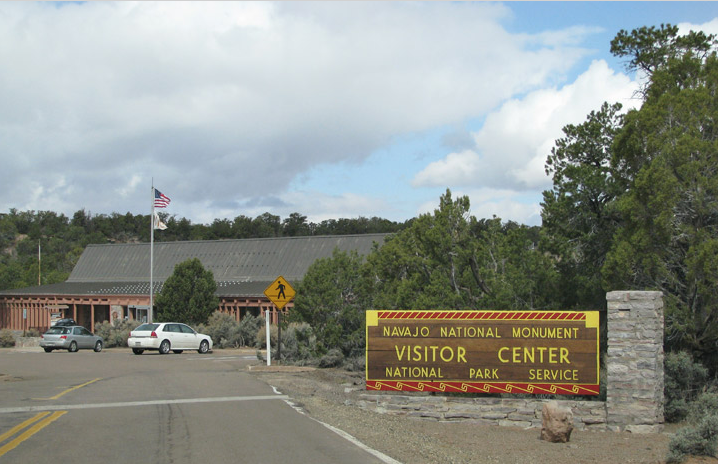Navajo National Monument
- Yéiitsoh Omen Ch29
- Nov 7, 2018
- 3 min read
Updated: May 30, 2021

On March 20, 1909, President Howard Taft established Navajo National Monument in hopes of preserving and protecting the ruins at Keet Seel. Four months later, University of Utah professor Byron Cummings and John Wetherill discovered Betatakin and Inscription House. These were also included in the Monument at Tsegi Ruins.
Keet Seel, Inscription House, and Betatakin were three separate communities living in the maze of cliff dwelling structures built in this area. Keet Seel was inhabited by Fire Flute and Bighorn Sheep clans. Betatakin was home to the Deer, Fire, Flute and Water clans, and Inscription House was a Rattlesnake, Sand and Lizard clan village. The Hopis are the Anasazi's ancestors. These same ancient Anasazi clans are represented in the present-day Hopi community.
Situated on the Shonto Plateau, the Navajo National Monument visitors center features a museum dedicated to the people who once inhabited the Tsegi Canyon region. Artifacts from the ruins of Betatakin and Keet Seel include intact pottery, baskets, sandals, arrowheads, manos, metates and an atladle.
Near the visitor center, a small campground and a picnic area offer a place to relax and two short self-guided trails lead to overlooks on top of the mesa.

The easy one-mile round-trip Sandal Trail leads to an overlook of the Betatakin ruins and the steep 1-mile round trip Aspen Forest Overlook Trail leads through the Kayenta vegetation, ending at a point where hikers can see the aspen forest situated below the Betatakin ruins.

Native people occupied Navajo Mountain and its environs for thousands of years, as is evidenced by numerous Anasazi ruins spilling across the mesas, canyons and desert floors in the region. While Navajo Mountain is as prominent in Navajo legend as it is in the landscape, the Navajo acknowledge the presence of ghosts of the Ancestral Pueblo, often referred to as the Anasazi. The Navajo view the Anasazi ruins as the home of the Anasazi dead and will go to great lengths to avoid them.

The actual canyon is a labyrinth of many major side canyons. There are posts with markers indicating the correct side canyon to enter, Keet Seel Canyon. Today the canyon bottoms are true desert canyons, not riparian although it was lush and riparian when the Anasazi flourished here.
The Anasazi used these canyons as streets to take them to their homes in the south facing cliffs of these canyons:

There are over two dozen cliff dwelling towns with the Navajo National Monument. Number 9 is Betatakin. Number 13 is Keet Seel.

Although it sits in a deep canyon, Betatakin is viewed most often by tourists from a short rim trail at the park's visitor center

Deeper inside the park Keet Seel is in a great alcove situated in a small side canyon, actually more an indentation, and faces south as most cliff dwellings do.
Native people occupied this canyon system for thousands of years, as is evidenced by numerous Anasazi ruins spilling across the mesas, canyons and desert floors in the region. While Navajo Mountain is as prominent in Navajo legend as it is in the landscape, the Navajo acknowledge the presence of ghosts of the Ancestral Pueblo, often referred to as the Anasazi. The Navajo view the Anasazi ruins as the home of the Anasazi dead and will go to great lengths to avoid them.

***
***
***
Audiobook coming soon
***


























